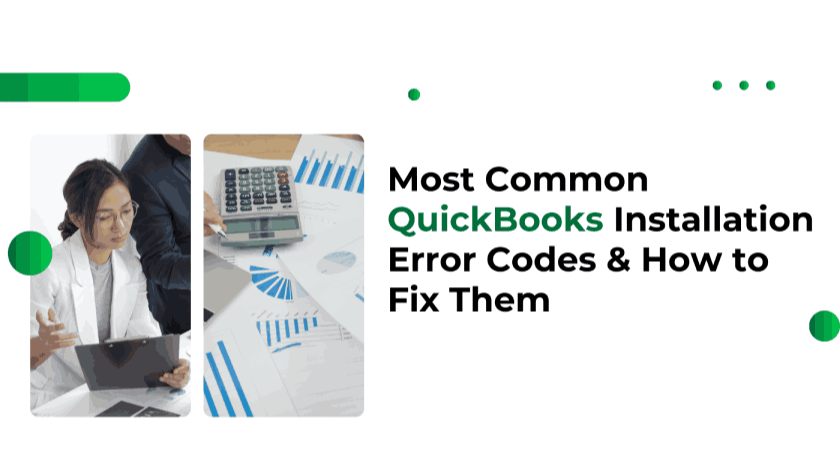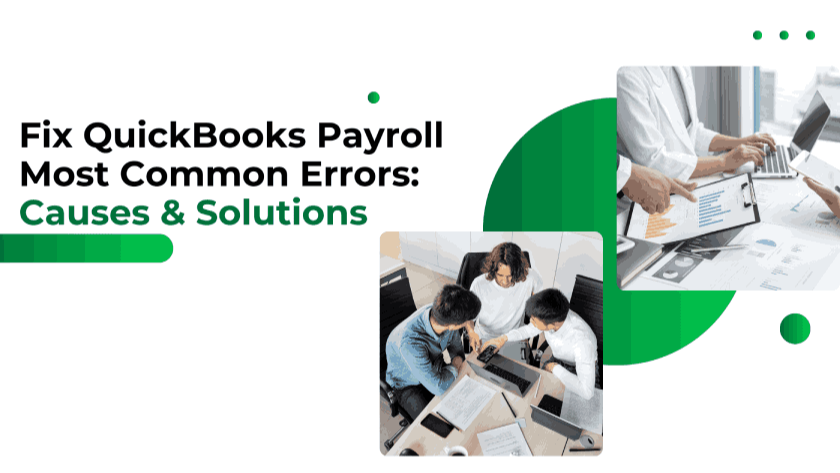QuickBooks is one of the most popular accounting software solutions, helping businesses streamline financial processes such as invoicing, payroll, and tax management. However, like any software, QuickBooks is not immune to technical issues. One common error users encounter is QuickBooks Event ID 4 Error, which appears in the Windows Event Viewer.
This error typically occurs when launching QuickBooks or using the QuickBooks Integration Manager. If left unresolved, it can lead to software crashes, slow performance, and disruptions in daily business operations. In this detailed guide, we’ll explore the causes, symptoms, and step-by-step solutions to fix the QuickBooks Event ID 4 Error.
What is QuickBooks Event ID 4 Error?
The QuickBooks Event ID 4 Error is a Windows system error that occurs due to problems in the .NET Framework or corrupt QuickBooks files. QuickBooks relies on several Windows components to function correctly, and any corruption in these files can trigger the error. It commonly appears with an error message similar to:
"Integration Manager could not connect to QuickBooks. Please make sure that it is open."
"Error: QuickBooks Event ID 4 - An unexpected error has occurred."
Understanding the root cause of this error will help in applying the right troubleshooting method.
Causes of QuickBooks Event ID 4 Error
Several factors can trigger the QuickBooks Event ID 4 Error. Here are the most common causes:
-
Corrupt .NET Framework - QuickBooks depends on the .NET Framework to run. If it is damaged or outdated, QuickBooks may not function properly.
-
Missing or Damaged QuickBooks Files - Accidental deletion or corruption of essential QuickBooks files can lead to errors.
-
Windows Registry Issues - Any inconsistencies or errors in the Windows registry can disrupt QuickBooks.
-
Malware or Virus Attacks - Viruses can corrupt system files, causing software malfunctions.
-
Incomplete or Faulty QuickBooks Installation - A bad installation process can leave missing files, triggering the error.
-
Outdated Windows Version - Running QuickBooks on an outdated Windows system can cause compatibility issues.
Identifying the cause is the first step toward applying the correct solution.
Symptoms of QuickBooks Event ID 4 Error
If your QuickBooks software is affected by Event ID 4 Error, you may experience the following symptoms:
-
QuickBooks crashes unexpectedly.
-
The software freezes or becomes unresponsive frequently.
-
The system performance slows down significantly.
-
QuickBooks fails to open or takes longer to launch.
-
Windows stops responding properly.
If you notice these issues, proceed with the solutions below.
How to Fix QuickBooks Event ID 4 Error
Below are multiple troubleshooting methods to fix the QuickBooks Event ID 4 Error. Follow them in order until your issue is resolved.
1. Perform a Clean Install of QuickBooks
A clean installation of QuickBooks removes corrupted files and reinstalls fresh copies.
Steps to Clean Install QuickBooks:
-
Backup Your Company File - Go to QuickBooks File menu > Backup Company > Create Local Backup.
-
Download QuickBooks Tool Hub - Visit Intuit’s official website and install the tool.
-
Run QuickBooks Tool Hub - Open the tool and navigate to Installation Issues.
-
Use the Clean Install Tool - Select Clean Install Tool, choose your QuickBooks version, and follow on-screen instructions.
-
Reinstall QuickBooks - Download and install QuickBooks again from the official site.
-
Restart Your Computer – Reboot your system and launch QuickBooks.
If the error persists, try the next solution.
2. Repair Microsoft .NET Framework
Since QuickBooks relies on .NET Framework, repairing or reinstalling it can resolve the issue.
Steps to Repair .NET Framework:
-
Open Control Panel - Press Windows + R, type appwiz.cpl, and hit Enter.
-
Find .NET Framework - Locate Microsoft .NET Framework 4.5 or higher in the list.
-
Click on Uninstall/Change - Select it and click Repair.
-
Follow On-Screen Instructions - Let Windows repair the framework.
-
Restart Your System - Once the process completes, restart your PC.
If repairing doesn’t work, uninstall and reinstall .NET Framework from Microsoft’s official site.
3. Run QuickBooks Install Diagnostic Tool
This tool identifies and fixes installation-related issues.
Steps to Use QuickBooks Install Diagnostic Tool:
-
Open QuickBooks Tool Hub and go to Installation Issues.
-
Click QuickBooks Install Diagnostic Tool.
-
Let the tool scan and repair installation problems.
-
Restart your computer after completion.
Check if QuickBooks is functioning correctly. If not, try the next solution.
4. Scan for Windows System File Corruption
Corrupt Windows system files can affect QuickBooks.
Steps to Run System File Checker (SFC) Scan:
-
Open Command Prompt - Type cmd in the Windows search bar, right-click it, and select Run as Administrator.
-
Type sfc /scannow and press Enter.
-
Wait for Windows to scan and repair system files.
-
Restart your computer.
Try opening QuickBooks again after the scan.
5. Update Windows and QuickBooks
Outdated software can cause compatibility issues.
Steps to Update Windows:
-
Press Windows + I to open Settings.
-
Click on Update & Security > Windows Update.
-
Click Check for Updates and install any available updates.
Steps to Update QuickBooks:
-
Open QuickBooks Desktop.
-
Click Help > Update QuickBooks Desktop.
-
Go to the Update Now tab and select Get Updates.
-
Restart QuickBooks after the update.
If the error still appears, move to the next step.
6. Check for Malware or Virus Infection
Malware can corrupt essential system files, causing QuickBooks errors.
Steps to Scan for Malware:
-
Open Windows Defender or any installed antivirus program.
-
Perform a Full System Scan.
-
Remove any detected threats.
-
Restart your PC and check QuickBooks.
If malware was the cause, your issue should now be resolved.
Final Thoughts
By following these troubleshooting steps, you should be able to fix QuickBooks Event ID 4 Error and prevent further disruptions. However, if the error persists, consider seeking professional assistance.
For expert support, you can contact QuickBooks Customer Support or reach out to a certified QuickBooks ProAdvisor.
To keep your QuickBooks running smoothly, always ensure:
-
Your software and Windows system are up to date.
-
You regularly back up your company files.
-
You run system scans to detect and remove malware.
Following these best practices will help you maintain an error-free QuickBooks experience and keep your business operations running efficiently.
 11183 Stone brook Dr. Manassas VA 20112
11183 Stone brook Dr. Manassas VA 20112
 Mon-Fri : 09:30 Am - 06:24 Pm
Mon-Fri : 09:30 Am - 06:24 Pm





